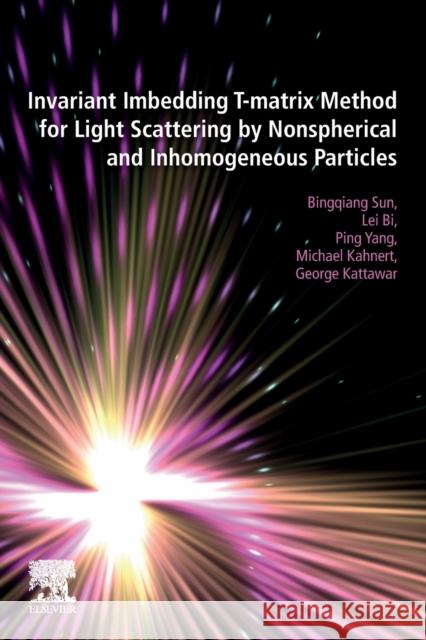Invariant Imbedding T-Matrix Method for Light Scattering by Nonspherical and Inhomogeneous Particles » książka
topmenu
Invariant Imbedding T-Matrix Method for Light Scattering by Nonspherical and Inhomogeneous Particles
ISBN-13: 9780128180907 / Angielski / Miękka / 2019 / 308 str.
Kategorie:
Kategorie BISAC:
Wydawca:
Elsevier
Język:
Angielski
ISBN-13:
9780128180907
Rok wydania:
2019
Ilość stron:
308
Oprawa:
Miękka
Wolumenów:
01
Dodatkowe informacje:
Bibliografia











